Blisters are a common annoyance that can arise due to various factors such as friction, pressure, heat, or irritation. What is a blister, and how long does it take to heal? This question often arises when dealing with these fluid-filled skin lesions. While blisters are usually minor, their healing process can vary significantly. In this article, we will delve into the complexities of blister healing, exploring the typical timeline for recovery, factors that influence healing duration, and essential tips for managing discomfort and promoting optimal healing. Understanding the intricacies of blister healing can empower individuals to navigate their recovery journey effectively and ensure a smoother healing process.
Causes of Blisters:
Understanding the diverse causes of blisters is crucial for recognizing potential risk factors and implementing preventive measures.
- Friction:
- Continuous rubbing or friction against the skin can lead to the formation of friction blisters, commonly seen on the hands and feet.
- Examples include wearing ill-fitting shoes or engaging in repetitive activities like running or hiking without proper footwear.
- Heat:
- Exposure to excessive heat, such as from sunburns or contact with hot surfaces, can cause thermal blisters to develop on the skin.
- Prolonged exposure to high temperatures can damage the skin’s integrity, leading to fluid accumulation and blister formation.
- Burns:
- Thermal burns from contact with hot objects or liquids can result in blistering of the skin due to the destruction of the skin’s protective barrier.
- Chemical burns caused by exposure to corrosive substances can also trigger blister formation as a protective response to tissue damage.
- Irritation:
- Irritants such as harsh chemicals, allergens, or insect bites can cause localized skin irritation and blister formation.
- Certain plants, like poison ivy or poison oak, contain irritants that can induce an allergic reaction and result in blistering upon contact with the skin.
- Medical Conditions:
- Some medical conditions, such as herpes simplex virus (HSV) infections or autoimmune disorders like pemphigus, can cause blistering of the skin as a symptom.
- Infections, including bacterial, viral, or fungal infections, can lead to blister formation as the body’s immune response attempts to combat the invading pathogens.
- Appearance:
- Fluid-filled sacs on the skin’s surface are characteristic of blisters, varying in size and shape depending on the underlying cause.
- Pain and Discomfort:
- Blisters can cause localized pain and discomfort, especially when pressure is applied to the affected area.
- Redness and Swelling:
- The skin surrounding the blister may appear red and swollen due to inflammation and irritation.
- Itching and Irritation:
- Some individuals may experience itching and irritation in or around the blister, often as the healing process progresses.
Treatment of Blisters:
- Effectively treating blisters involves a combination of home care measures and, in some cases, medical treatment to promote healing and prevent complications.
- Cleaning the Area:
- Gently cleanse the blister and surrounding skin with mild soap and water to reduce the risk of infection.
- Applying antiseptic solutions or creams can help disinfect the blister and minimize the risk of bacterial growth.
- Covering the blister with a sterile blister pad or bandage can protect it from further friction and irritation.
- Refrain from puncturing or popping blisters, as this can increase the risk of infection and delay healing.
- Draining Large Blisters (by healthcare professionals):
- Healthcare professionals may drain large blisters using a sterile needle or scalpel to relieve pressure and promote healing.
- Topical Antibiotics (to prevent infection):
- Applying topical antibiotics to the blister and surrounding skin can help prevent bacterial infection.
- Pain Relief (over-the-counter painkillers):
- Over-the-counter pain relievers like ibuprofen or acetaminophen can help alleviate discomfort associated with blisters.
- Treating Underlying Conditions (e.g., antivirals for herpes):
- In cases where blisters are caused by underlying medical conditions like herpes, antiviral medications may be prescribed to treat the underlying infection and prevent recurrence.
- Cleaning the Area:
Prevention of Blisters:
- Taking preventive measures is key to avoiding the discomfort and inconvenience of blisters, which can result from various causes such as friction, heat, cold, and allergies.
- Proper Footwear and Socks:
- Choose well-fitting shoes with adequate cushioning and support, and wear moisture-wicking socks to reduce friction.
- Wear gloves or other protective gear during activities that involve repetitive hand movements to minimize friction.
- Apply lubricants or powders to areas prone to friction, such as the feet or hands, to reduce friction and prevent blisters.
- Use specialized blister prevention tapes or bandages on areas susceptible to friction, like the heels or toes, to provide extra protection.
- Sun Protection (sunscreen, protective clothing):
- Apply sunscreen and wear protective clothing, including hats and long sleeves, to shield the skin from sunburn and heat blisters.
- Exercise caution around hot surfaces, such as hot pavement or metal objects, to prevent heat-related blistering.
- Handle hot liquids and objects carefully to avoid burns and heat blisters, using appropriate protective measures like oven mitts.
- Dressing Warmly:
- Wear layers of warm clothing and protective gear to insulate the body and prevent cold-related blisters.
- Limit exposure to cold temperatures, especially in windy or wet conditions, to reduce the risk of frostbite and cold blisters.
- If skin becomes cold and numb, gradually warm it up with blankets or warm water to prevent cold-induced blistering.
- Identifying and Avoiding Allergens:
- Identify and avoid triggers that may cause allergic reactions, such as certain foods, medications, or skincare products.
- Using Hypoallergenic Products:
- Choose hypoallergenic skincare products, cosmetics, and household items to minimize the risk of allergic reactions and blister formation.
- Infection (signs: increased pain, redness, pus):
- Blisters that become infected may exhibit signs of inflammation, including increased pain, redness, swelling, and the presence of pus.
- Infection can occur when bacteria enter the blister through breaks in the skin, increasing the risk of complications if left untreated.
- Scarring:
- Severe or improperly treated blisters may result in scarring, particularly if the blister ruptures and the underlying skin becomes damaged.
- Scarring can affect the appearance and texture of the skin, potentially causing cosmetic concerns or functional limitations.
- Recurrent Blisters (indicating underlying issues):
- Chronic or recurrent blister formation may indicate underlying issues such as allergies, autoimmune disorders, or infections.
- Identifying and addressing the underlying cause is essential to prevent ongoing blister formation and associated complications.
- Proper Footwear and Socks:
Aftercare of Blisters:
- Proper aftercare is crucial for promoting healing, preventing complications, and minimizing discomfort following the formation of blisters.
- Keep the Area Clean and Dry:
- Gently cleanse the blister and surrounding skin with mild soap and water to reduce the risk of infection.
- Pat the area dry with a clean towel or allow it to air dry completely before applying any dressings or ointments.
- Protect the Blister:
- Apply a sterile bandage or blister pad to cover the blister and protect it from further friction or irritation.
- Avoid tight or constrictive dressings that may cause additional pressure on the blister.
- Avoid Popping the Blister:
- Refrain from puncturing or popping the blister, as this can increase the risk of infection and delay healing.
- If the blister is large, painful, or likely to rupture on its own, seek medical advice for appropriate drainage.
- Apply Topical Treatments:
- If recommended by a healthcare professional, apply topical treatments such as antibiotic ointments or antiseptic solutions to the blister and surrounding skin.
- Follow the instructions provided by the healthcare provider for proper application and frequency of use.
- Monitor for Signs of Infection:
- Keep a close eye on the blister for any signs of infection, including increased pain, redness, swelling, warmth, or the presence of pus.
- Seek medical attention if you suspect the blister has become infected or if you develop fever or other systemic symptoms.
- Allow for Rest and Recovery:
- Avoid activities that may aggravate the blister or delay healing, such as prolonged standing or repetitive movements.
- Rest the affected area whenever possible to promote optimal healing and reduce discomfort.
- Follow Up with Healthcare Provider:
- If the blister does not improve or if you experience persistent pain, swelling, or signs of infection, follow up with a healthcare provider for further evaluation and management.
- A healthcare professional can provide personalized advice and treatment recommendations based on the specific characteristics of the blister and your individual health needs.
Now we need to know the healing process or timing
How Long Do Blisters Take to Heal?
The healing duration of blisters can vary significantly depending on factors such as size, severity, location, and individual health. Understanding the typical timeline for blister healing can provide insight into what to expect during the recovery process.
- Initial Healing Phase (First Few Days):
- During the initial phase, the body initiates the inflammatory response, and blisters may appear red, swollen, and tender.
- This phase typically lasts for the first few days after blister formation.
- Fluid Absorption and Skin Repair (1 to 2 Weeks):
- Over the next 1 to 2 weeks, the fluid inside the blister is reabsorbed by the body, and the skin underneath begins to repair and regenerate.
- Blisters may start to flatten out and decrease in size during this period.
- Crusting and Drying Out (2 to 3 Weeks):
- Around 2 to 3 weeks after blister formation, the blister may crust over and dry out as new skin forms underneath.
- The surrounding skin may still appear pink or slightly discolored during this phase.
- Complete Healing and Resolution (3 to 4 Weeks):
- In most cases, blisters heal completely within 3 to 4 weeks, with the affected area returning to its normal appearance and function.
- Any residual redness or discoloration may gradually fade over time as the skin continues to remodel.
- Factors Influencing Healing Time:
- Size and Severity:
- Larger or more severe blisters may take longer to heal compared to smaller ones.
- Location:
- Blisters on areas subject to friction or pressure may take longer to heal due to continued irritation.
- Underlying Health Conditions:
- Individuals with compromised immune systems or underlying health conditions may experience delayed healing.
- Treatment Approach:
- Proper wound care and management can help expedite the healing process and reduce the risk of complications.
- Size and Severity:
Conclusion:
While the healing time for blisters can vary based on factors such as size, severity, and individual health, understanding the typical timeline for blister healing provides valuable insight into the recovery process. From the initial inflammatory phase to complete resolution, proper wound care, and attention to underlying factors play essential roles in promoting optimal healing and minimizing complications. By recognizing the stages of blister healing and implementing appropriate measures, individuals can facilitate a smoother recovery and return to normalcy more efficiently.


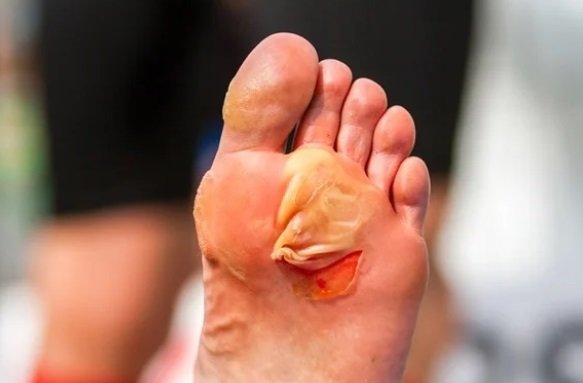
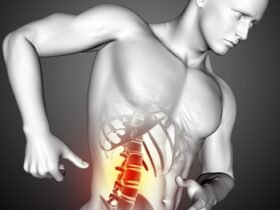


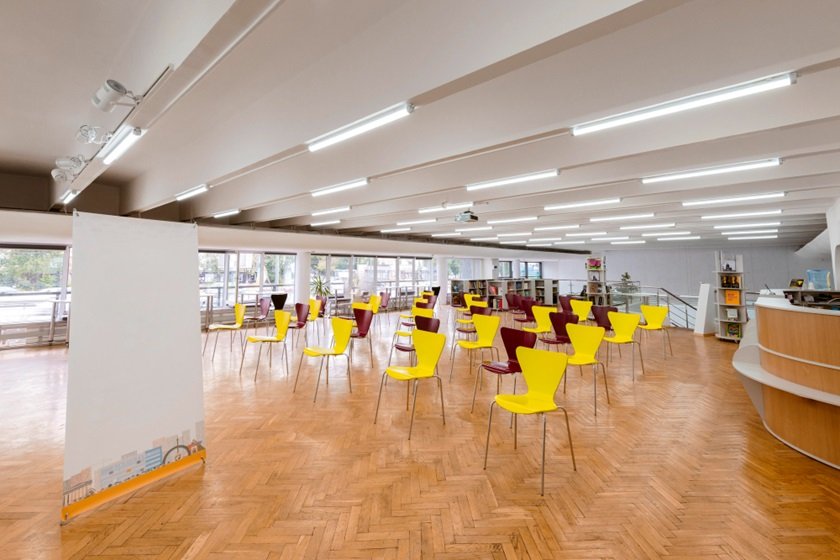

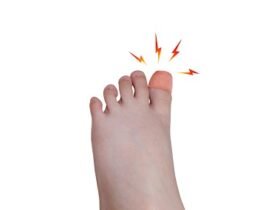
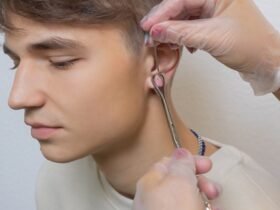
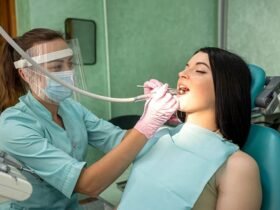
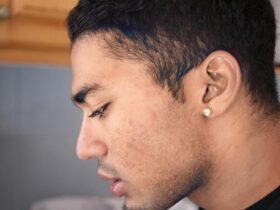
Got a Questions?
Find us on Socials or Contact us and we’ll get back to you as soon as possible.